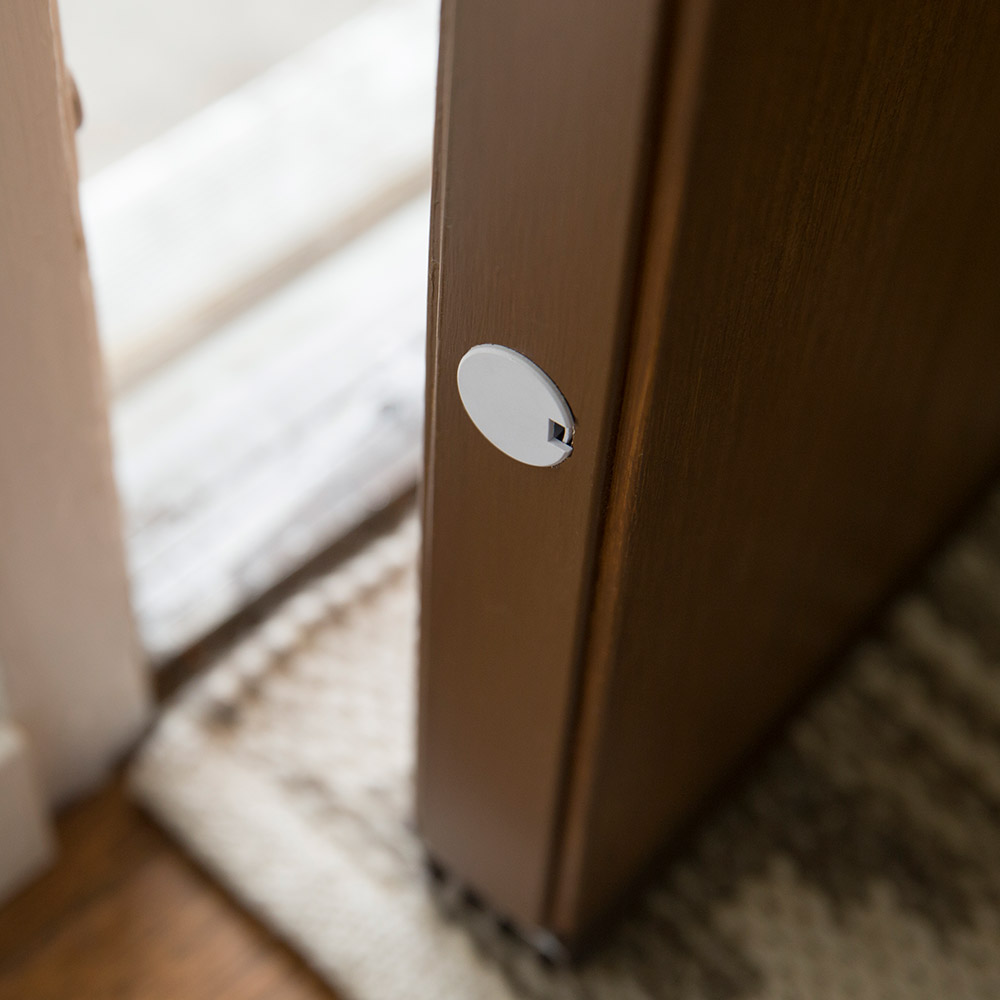Parents of children with autism face unique challenges that families with typical children don’t encounter. And it can be stressful for everyone involved.
If you’re one of those parents then you know finding solutions and figuring out ways to support your child while juggling the other aspects of your life is not always easy. But a Vivint Smart Home system can help.
Installing a smart home system in your home can reduce stress by helping you create a safer, more secure environment that you can monitor and better control.
But before we talk about how smart home technology benefits the autism community, it’s important to first take a look at autism, what it is, and how it affects children and their families.
A little bit about autism
Autism spectrum disorder (ASD) is a neurological, developmental disability that is becoming increasingly common. Today, 1 in 68 children are diagnosed with ASD, and males are 5 times more likely to develop the condition—that’s 1 in 42 boys.1
Individuals with ASD are affected in different ways with symptoms ranging from mild to severe.2 At a glance, these persons don’t appear different from those around them. But depending on the severity of their condition differences eventually become apparent: There are those who need assistance simply performing tasks of daily living while others are high functioning.3

What autism looks like
Because ASD is becoming more common, you more than likely know a child on the autistic spectrum. Or maybe you have a child with autism, and you’re all too familiar with how the signs of autism manifest.
Symptoms begin in early childhood and generally persist throughout a person’s life.4
- People with ASD tend to be rigid and find difficulty in changing up routines or daily activities.
- Across the spectrum, individuals generally struggle socially. Communication can be difficult—many on the spectrum are non-verbal—and identifying and responding to emotions is a challenge.
- Persons with ASD often engage in repetitive behaviors.
- Because their brains function differently, they learn and assimilate information differently. The ways in which they pay attention or show affection aren’t typical.
Parenting a child with autism
When we talk about the costs associated with ASD, they extend beyond the financial aspect of support and therapies.
Parents of children with ASD deal with high stress levels related to access and quality of care. Some parents have to stop working altogether to care for their child with autism. And even mothers who remain employed work seven hours less a week on average and earn 56 percent less than mothers of children with disabilities or major health issues.5
The stress of a parent whose child has autism is not to be taken lightly.
Research shows the chronic stress experienced by mothers with an autistic child is comparable to that of combat soldiers.6 And the more difficult the problem behaviors the child presents the greater the stress, which has been linked to compromised glucose regulation, immune functioning, and mental activity among parents.
The specific challenges moms face
Studies also show that moms with children with autism spend at least two additional hours a day caring for their children compared to mothers with neuro-typical kids. They are interrupted at work at least once every four days compared to one every 10 days or fewer for mothers whose children have no significant health issues.
And autism moms are 3 times more likely to experience a highly stressful event involving her child on any given day and twice as likely to feel extreme fatigue.7
Reducing the stress with smart home technology
With a smart home system in place, stress levels of parents with children with ASD are going down.
So how is a smart home system helping?
- Keep track of your child. You’ll always know where your child is with strategically placed interior door sensors. If your child opens a door day or night while your system is armed, you’ll receive a notification on your phone.
- Get enough rest and still keeping an eye on your child: With an indoor camera in the bedroom, you can keep an eye on your child even at night by watching live video feed on your mobile device. This is especially helpful for a child with ASD who also suffers from seizures and requires additional assistance. And with a camera’s recording capabilities, footage of a seizure activity can be a great tool for medical professionals to determine treatment and medications.
- Protect your child from potential household hazards. You can protect your child by placing sensors on anything with a door like knife drawers, medicine cabinets, or closets where cleaning supplies are stored. If your child opens one of those doors or drawers, you’ll receive notification.
- Monitor in-home therapy session and tutors: If your child receives in-home therapy, an indoor camera is a great way to monitor activity during sessions and ensure things are running smoothly. You can also observe sessions and learn from therapists without distracting your child or disrupting the session.

Indoor cameras can help you monitor on-home therapy sessions so you can see how your child is doing. - Learn how to better support your child with ASD. Viewing indoor camera footage also provides a clear picture of how your child with ASD is progressing. While a child may be performing well in treatment, those behaviors don’t always translate outside the therapy room. Being able to “see” what your child is accomplishing in session is empowering and informs your own interactions with your child. You can make requests and reinforce what your child is learning in therapy knowing what they’re capable of.
- Manage the people coming and going. With in-home treatment therapists, tutors, and caregivers are coming in and out of your home throughout the day. Smart locks make it easy for them to enter and leave and still keep your house safe and secure by providing each therapist with their own unique access code to your home. If you’re on the go, you can always use your mobile device to ensure that doors are locked, and your home is secure.
- Preempt water fiascos. If your child loves water—and many children on the spectrum do—flood sensors will come in handy as well. It’s not uncommon for children with ASD to turn on faucets and leave the water running. If they happen to plug the tub, flood sensors in the bathroom will notify you of the presence of water before damage occurs.
- Prevent wandering. If your child wanders, window and exterior door sensors might be the most crucial smart home components you can install. You probably know you have about five seconds once your child exits the home before they disappear and you have no clear way of knowing in which direction your child went. But with window and exterior door sensors in place, wanderers who try to exit the home will trigger an alarm, giving you enough time to act before your child is out of sight.

Window and exterior door sensors alert you when a child has left the house, giving you time to react.
Take a look at the difference a smart home system made in the lives of Ben and Beth—the proud parents of Owen, a child with ASD who wanders.
How Vivint Gives Back provides assistance
Vivint Gives Back, the charitable arm of Vivint, has teamed with several organizations including the National Autism Association and Autism Speaks to get the word out about the benefits smart home technology for autism families.
The control, safety, and security that comes with a Vivint smart home system bring greater ease and convenience to daily family life. Parents are less stressed and can sleep at night. Kids are more easily protected and monitored.
And that’s why Vivint offers families affected by ASD a discount on a comprehensive smart home system. Call Vivint Gives Back today at 855.637.5682 to learn more or request more information.
Sources
1—"Data And Statistics | Autism Spectrum Disorder (ASD) | NCBDDD | CDC". 2018. Centers For Disease Control And Prevention.
https://www.cdc.gov/ncbddd/autism/data.html
2,4,5—"Community Report on Autism" 2014. Centers For Disease Control And Prevention.
https://www.cdc.gov/ncbddd/autism/states/comm_report_autism_2014.pdf
3—"Facts | Autism Spectrum Disorder (ASD) | NCBDDD | CDC". 2016. Centers For Disease Control And Prevention.
https://www.cdc.gov/ncbddd/autism/facts.html
6—"Autism Moms Have Stress Similar To Combat Soldiers". 2009. Disability Scoop.
https://www.disabilityscoop.com/2009/11/10/autism-moms-stress/6121/
7—Belkin, Lisa. 1258. "Going To Battle Against Autism". Motherlode Blog.
https://parenting.blogs.nytimes.com/2009/11/18/going-to-battle-against-autism/
















